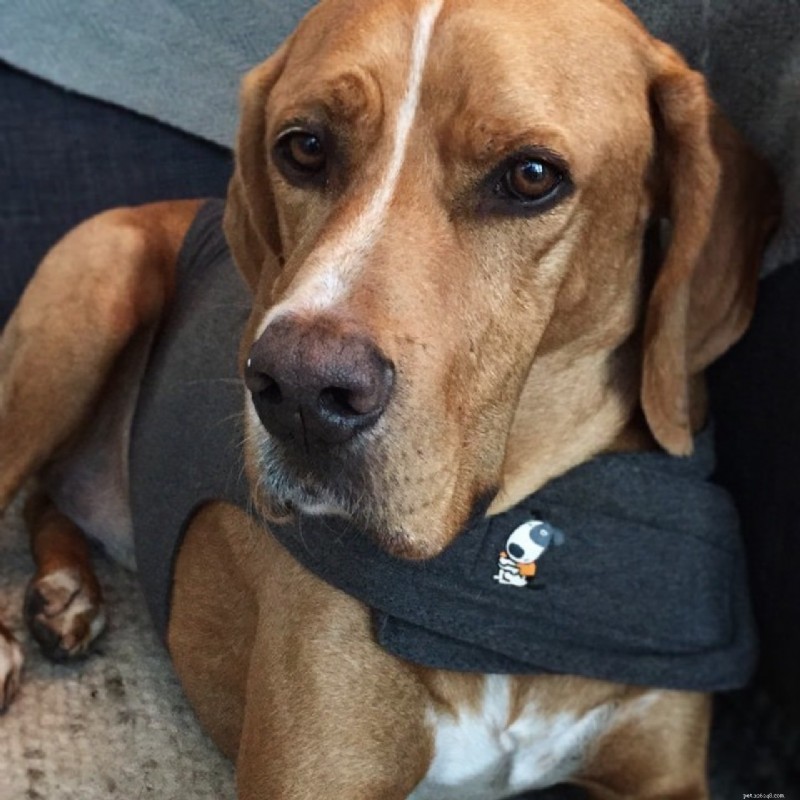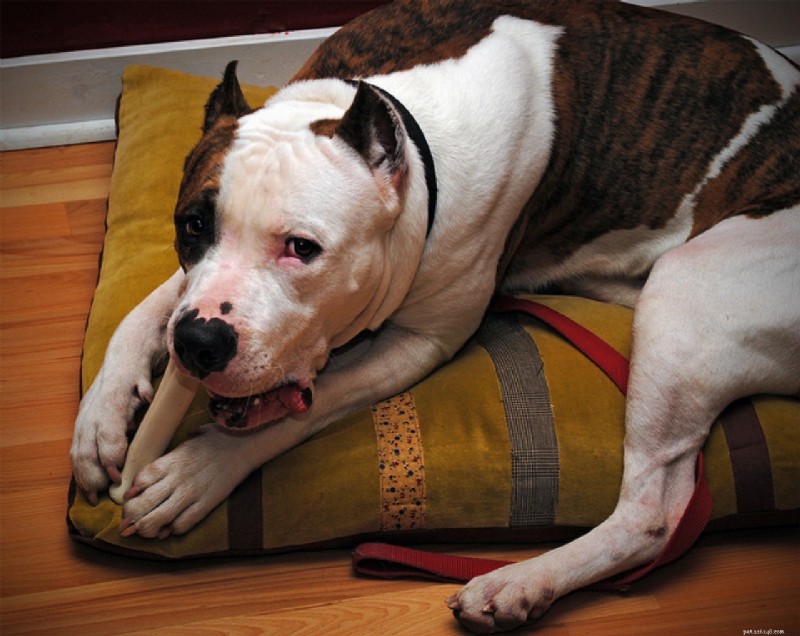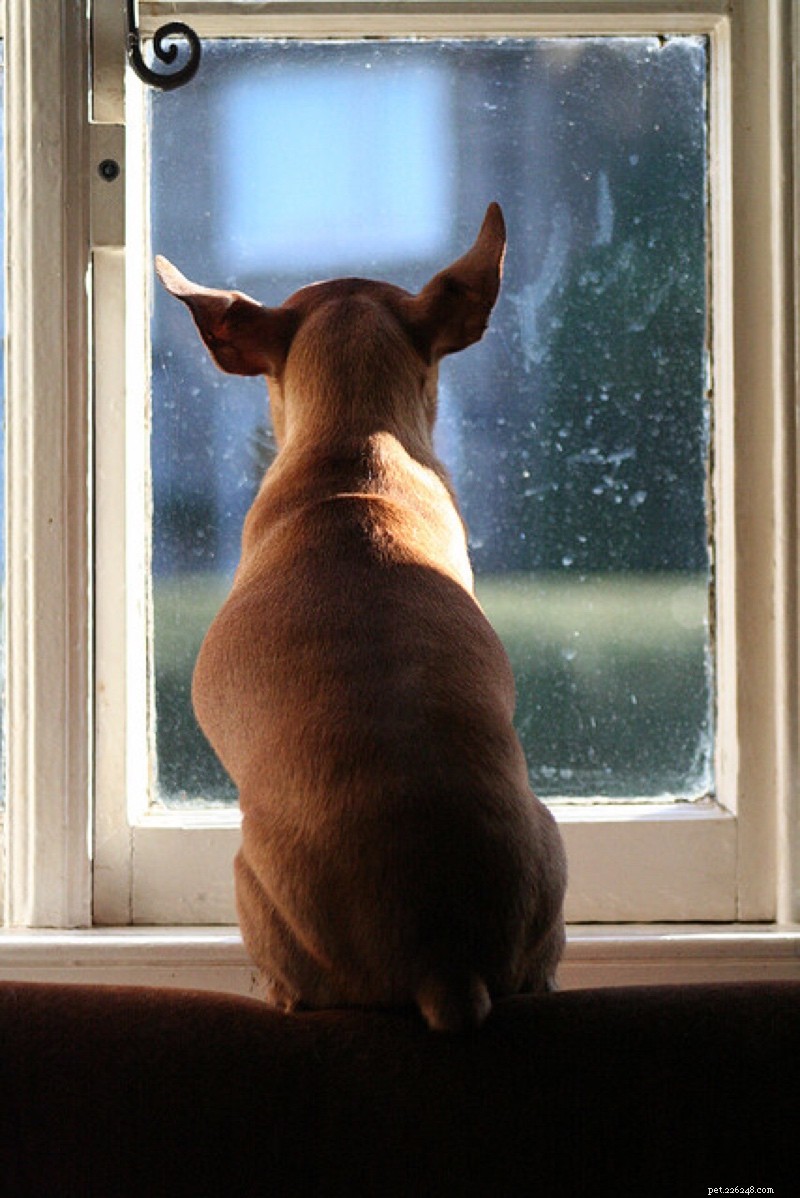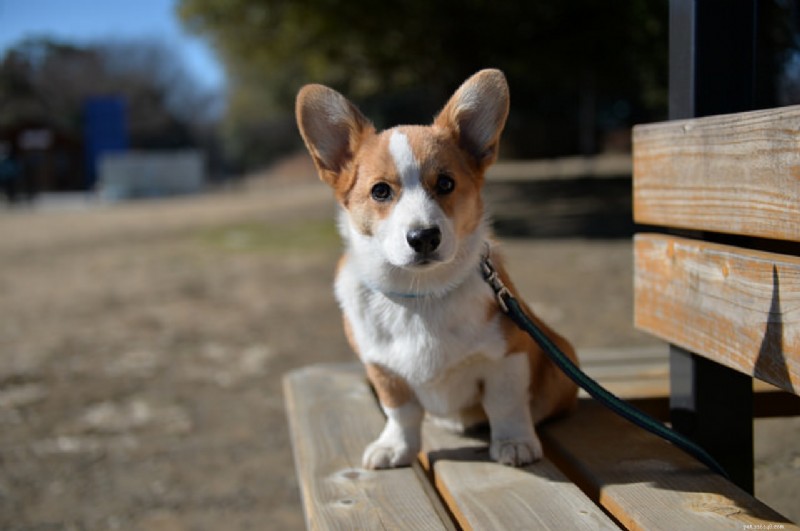
L'été est une saison de repos et de détente, mais souvent le plaisir des humains peut affecter les membres de notre famille à quatre pattes.
Pour calmer un chien, il faut apprendre à diffuser le type particulier d'anxiété de votre animal. L'anxiété du chien résulte généralement de l'un des deux facteurs communs.
- Les oreilles hypersensibles des chiens ont presque deux fois la portée de l'ouïe humaine, ce qui fait que les bruits forts ou profonds les affectent davantage.
- D'autres chiens souffrent d'anxiété situationnelle, causée par le fait d'être laissé seul à la maison ou d'interagir avec d'autres chiens.
Bien qu'il soit difficile de laisser votre chien souffrir, parfois réconforter physiquement l'animal peut faire plus de mal que de bien, car cela renforce positivement une réaction de peur. Dans les cas graves d'anxiété chez le chien, des médicaments ou une thérapie comportementale peuvent être nécessaires. consultez votre vétérinaire pour tout changement soudain de comportement.

Orages
La peur du tonnerre des chiens est bien connue; une enquête du fabricant de vêtements pour animaux de compagnie ThunderShirt estime que plus de 17 % des chiens souffrent de phobie du bruit. Pourquoi les chiens ont-ils peur du tonnerre ? Les comportementalistes animaliers n'ont pas déterminé quelle partie d'un orage énerve le plus les chiens - éclairs, grondements de tonnerre ou vent violent et pluie qui claquent les fenêtres. Une théorie postule que les animaux de compagnie peuvent ressentir la baisse de pression barométrique ou la charge électrique dans l'air.
L'anxiété du tonnerre chez les chiens peut être affectée par la race ; les chiens de berger et les chiens de chasse ont une incidence plus élevée de phobie des tempêtes. Cela peut être attribuable à des caractéristiques consanguines telles que des réflexes rapides et la non-agressivité, qui conduisent les chiens à réprimer leurs émotions après une réaction intense au tonnerre. Les animaux de compagnie ayant des antécédents d'abus ou d'abandon sont également plus susceptibles d'éprouver une phobie du tonnerre et plus d'anxiété en général. Cela peut être dû à une association négative avec le son du tonnerre ou à un manque de socialisation. Les chiens de sauvetage en particulier éprouvent plus d'anxiété en raison de la nature très stressante des refuges ou des événements traumatisants passés.
Une thérapie de désensibilisation systématique est recommandée pour les chiens souffrant d'anxiété liée au bruit. Cela implique de recréer l'environnement de l'orage à plus petite échelle, par exemple en jouant des booms de tonnerre à faible volume ou en imitant la foudre avec une lampe de poche. The dog is rewarded only when signs of anxiety or fear aren’t present, gradually reducing the sound’s negative association. Always consult your vet before beginning any new lifestyle changes. If therapy is not an option or shows no improvement, medication may be required.
Fireworks

Every 4th of July dogs across the nation cower in terror. Dogs and fireworks are mortal enemies, thanks to the pyrotechnics’ low decibel sound. To human ears, fireworks are a dull whine – dogs hear, see and smell the pretty lights as a mortal danger to them. Dog Whisperer Cesar Milan says a dog’s anxiety response is “a survival instinct,” designed to keep the animal alive in potentially dangerous situations.
Fireworks can be even scarier to dogs than thunderstorms, which at least provide animals with some warning signs of the impending noise. (Remember, dogs feel the drop in air pressure and increased electrical charges that precipitate a thunderstorm.) It is possible to retrain a dog’s natural fear instinct through repeated exposure, as in the previously discussed systematic desensitization therapy. For best results, start when your pet is a puppy and acclimate him to a variety of loud noises including car horns, children yelling, and motorcycles.
If all else fails, try your best to comfort or distract your dog. Before the fireworks begin, create a soothing environment for your pup, including a favorite bed or crate as well as toys. Rawhide chews or puzzle toys can distract dogs for hours, or put on some scientifically-sound music for dogs. If your pet is accident-prone, take a potty break before you settle in or lay some absorbent potty pads down as a precaution.
Separation anxiety

This type of dog anxiety is very common, especially among dogs who were previously surrendered or abandoned. Dogs are very social animals who typically prefer living in “packs,” be the members human, canine or even feline. When a dog with separation anxiety is left alone, he may believe he has been abandoned again; often this results in destructive behaviors as the panicked pet attempts to escape or look outside.
Young, male, mixed-breed dogs are the most likely to develop separation anxiety. Animal behaviorist Dr. Barbara S. Simpson denies any relationship between so-called “spoiling” a pet and the development of separation anxiety, but does note that close dog/pet parent relationships are more likely to result in separation anxiety.
With the rise of the pet-friendly workplace, many pet parents find taking their dog to work solves the issue. Doggy daycare or adopting a canine companion may reduce the feelings of isolation that lead many dogs to engage in destructive acts like soiling the carpet or chewing furniture. A long-term solution involves the pet parent modifying his or her routine; dogs learn and associate behaviors like putting on shoes with leaving the house. Dr. Simpson suggests practicing “graduated departures,” like putting on shoes and then returning to the couch for a while. In an American Veterinary Medical Association study, 62 percent of dogs with separation anxiety improved through simple acts by pet parents – no punishment for destructive behaviors, providing a chew toy before leaving, and increasing exercise.
Social anxiety

Even dogs find themselves uneasy in some social situations. Just as select pets are aggressive, others are shy and suffer from social anxiety. Often the two overlap – a scared dog is more likely to lash out – with anxiety-related fear leading to aggression. Before placing your pet in an unknown environment, consider how he or she deals with certain stressors. Crowds, children, other dogs, food smells, and loud music are all very stressful for a dog. Symptoms of dog anxiety include trembling, urination, growling, and classic body language signs like a tucked tail, pulled back ears, and avoiding eye contact.
Social anxiety in dogs can be caused by a variety of factors, including a traumatic event like a dog fight. Cesar Milan notes that the issue sometimes relates to poor self-esteem, recommending confidence-building activities and interactions with other dogs. Throw a ball for your pet, giving praise when he returns with it; even providing treats for a successful potty break will boost self-esteem.
Lack of socialization is usually the culprit, says author and dog trainer Victoria Stillwell of It’s Me or the Dog . “When you have a puppy, you have to introduce it to 100 new experiences and all different kinds of people and…dogs in a lot of different environments.” Start slow with adult dogs, gradually introducing stressful sounds and rewarding non-fearful responses. At the dog park, redirection is key to helping your pet stay calm. Introduce a tennis ball or run some obstacles, introducing one dog at a time to your pet. Ask other pet parents with solo leashed dogs if you can introduce your pet one-on-one for a practice round.